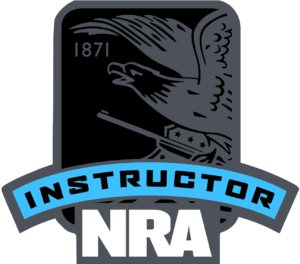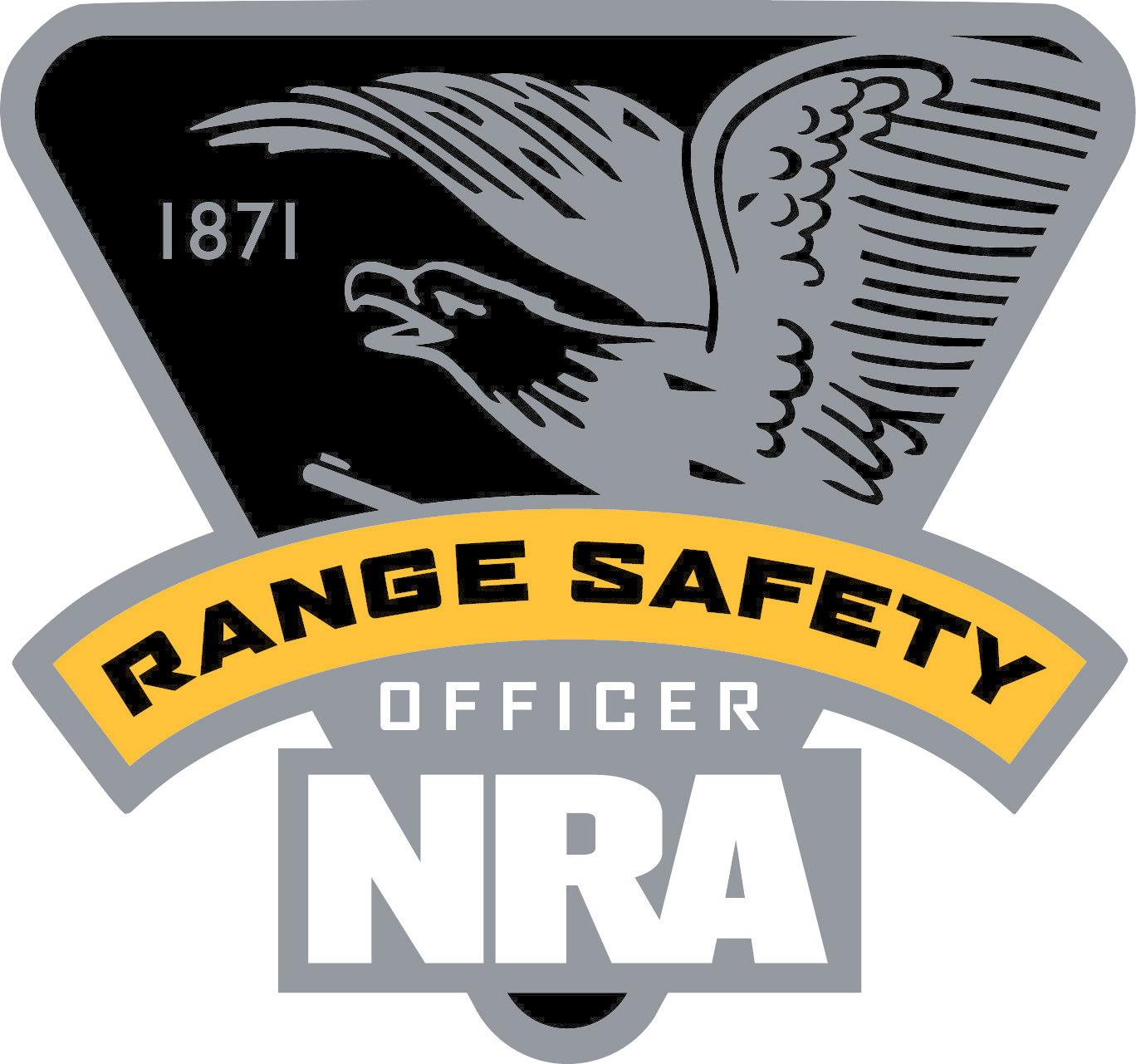Training is useless
I recently came across a video that raises some good questions surrounding the need (or lack thereof) for firearms training. The Yankee Marshall is a very popular YouTube personality who creates videos about firearms; some of them funny, some of them political, some of them informational. But, as he mentions in this video (click here to watch it), he’s persona non grata with a lot of other firearms YouTubers because of his critical stance on firearms trainers, and training in general. His contention is that training doesn’t really add a lot of value since shooting is very simple and intuitive. So, you might be saying, “as a trainer, of course you must disagree”. I do. But he does get some things right that I believe can shed some light on why we do things differently at Alpha1.
It’s important to understand YM’s point of view if we are going to analyze it fairly. In plenty of other occasions he’s made the case that it’s axiomatic that training is superfluous because there are many people, including old and frail folks, children, and others with little to no training who have successfully defended themselves or their property with firearms. To him, that shows that as long as you know how your firearm functions, the rest is very intuitive and straight-forward—point and shoot. In addition, in this video he maintains that there is plenty of information out there (books, videos, the internet) about how to shoot properly, and all one needs to do is go practice that on your own. So that being the case, why spend all that time and money to go train with some Rambo wannabe?
Yankee is making a few mistakes in his argument. First of all, the fact that some (maybe even a lot) of people with little training have used firearms successfully during violent encounters doesn’t mean that all people in all circumstances can do the same. Moreover, given that in all fights chaos reigns supreme, one can make the case that all of those people simply got lucky and that if any other variable had been different the outcome could have been an adverse one for the good guys. The goal is to increase your chances of survival by having as much control of the situation as possible and by minimizing the factor of chance. Learning how to do that from just reading and watching is highly unlikely.
He also fails to distinguish between training and practice. When we talk about training we refer to a very specific case: a formal and controlled setting under the supervision and guidance of an expert. Practice, on the other hand, is when one practices the skills learned during the formal training in a more casual setting. This could include a trip to the indoor range, or a plinking session with friends. But note that in such cases you’re at the mercy of your level of discipline and ability to self-diagnose. Moreover, public ranges often limit the types of drills you can practice (e.g. drawing from the holster, movement, multiple targets, etc.). This is a crucial distinction because skipping training and simply trying to recreate what one sees in a video can lead to what are known as training scars; the phenomenon that through doing the incorrect thing repeatedly, one develops bad habits that then need to be trained out. We understand this to be the case in everything, right? I mean, how many great performers in any field or sport are completely “self-trained”? And in those cases, you’re usually not dealing with life or death situations.
But YM does make a very important point. It’s the reps that ultimately matter. His contention is more with the “tacti-tard” (as he calls them) instructors who charge an arm and a leg for training, which makes it unlikely for most people to attend those types of classes multiple times a year (or in a lifetime), and therefore end up doing less shooting overall. Under those circumstances, I couldn’t agree with him more. I actually believe that those classes are better suited for instructors given that for them the costs are tax deductible and can use them as opportunities to learn different techniques and teaching styles. Now, if time and money are not an issue for you then training with the likes of Travis Haley and Chris Costa, or attending schools like Gun Site and Thunder Ranch several times a year would be ideal. Alas, most of us aren’t so lucky.
That is why I set up Alpha1 Tactical to be different. With very affordable formal classes that one can take several times a year and even cheaper practice sessions in between, developing your shooting and self-defense skills can be a constant, on-going process for almost anybody. I’ve taken plenty of those classes that YM criticizes, and I’ve found them very valuable as an instructor, but it is also clear to me that the time, cost, and planning involved make them unattainable for the average person. I’ve spent upwards of $2000 (tuition, ammo, hotel, gas, etc.) to attend those courses, which are typically around 3 days and in which you shoot about 1,500 rounds. For that amount you can take every formal class and practice session we offer in a year and still have enough money left over to shoot 3+ times as many rounds!
So, no—training isn’t useless and we shouldn’t throw the baby out with the bathwater because there are unqualified, or expensive, or unrealistic trainers out there. It is an important and valuable part of your commitment to protecting yourself, your family, and your property. Precisely because all of those things are priorities in your life, it is just as important to make sure that you identify a qualified trainer and that your personal defense education fits within your financial and time constraints. I welcome your thoughts on this and I hope to see you on the range soon.
Hermann




